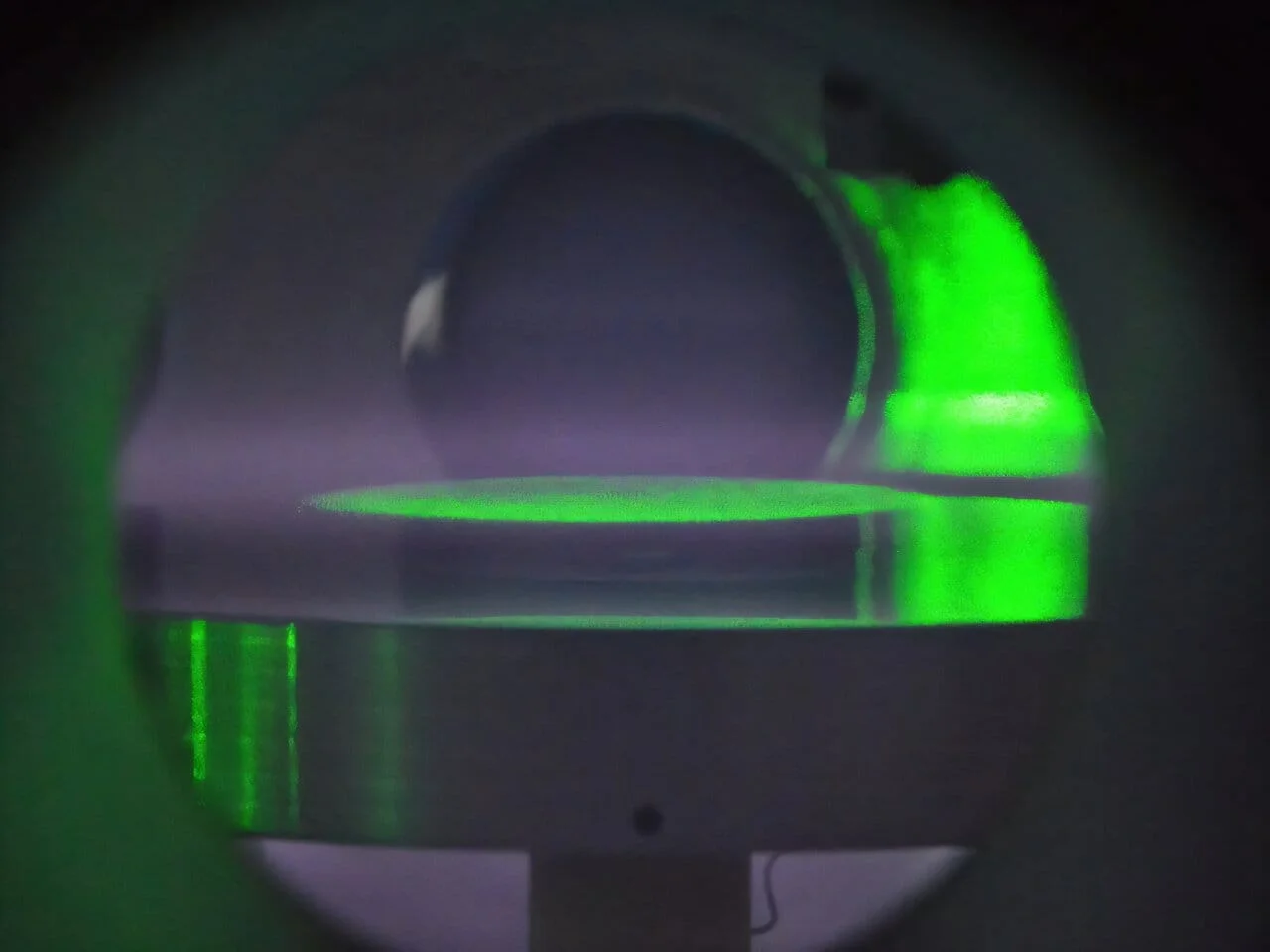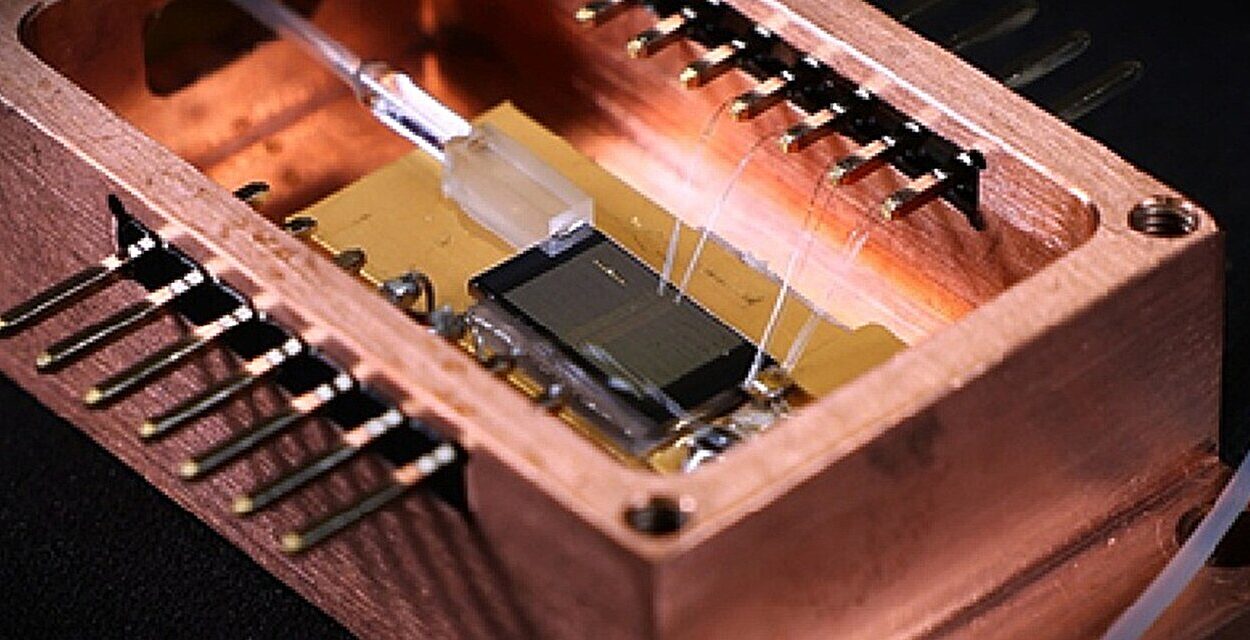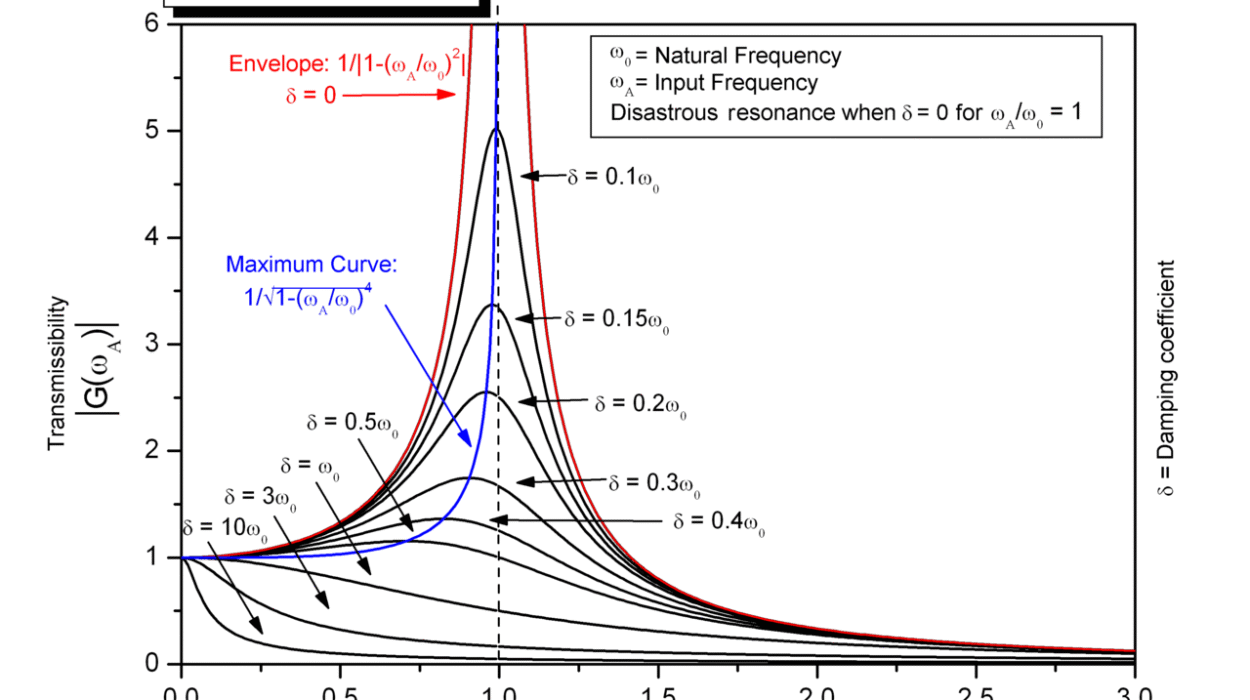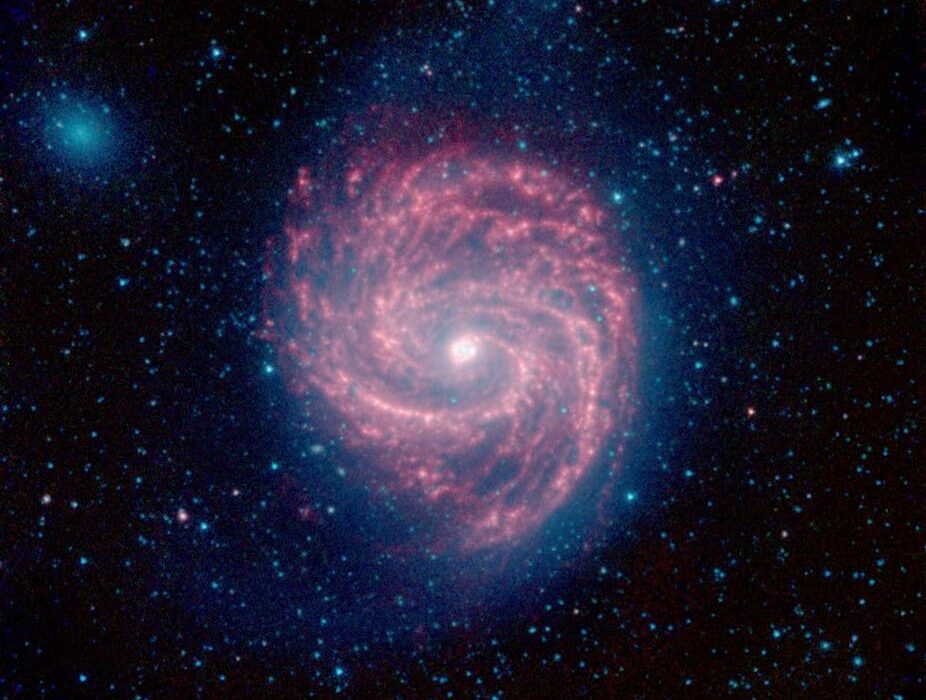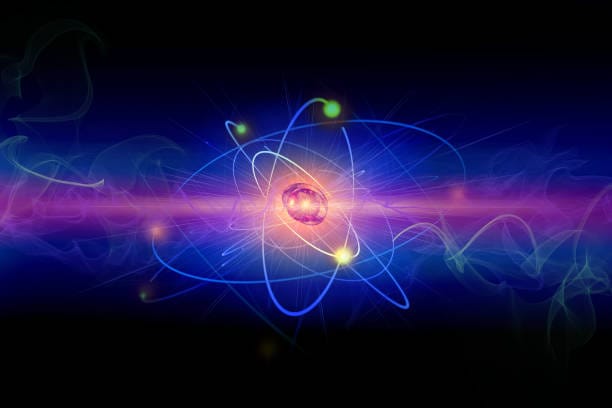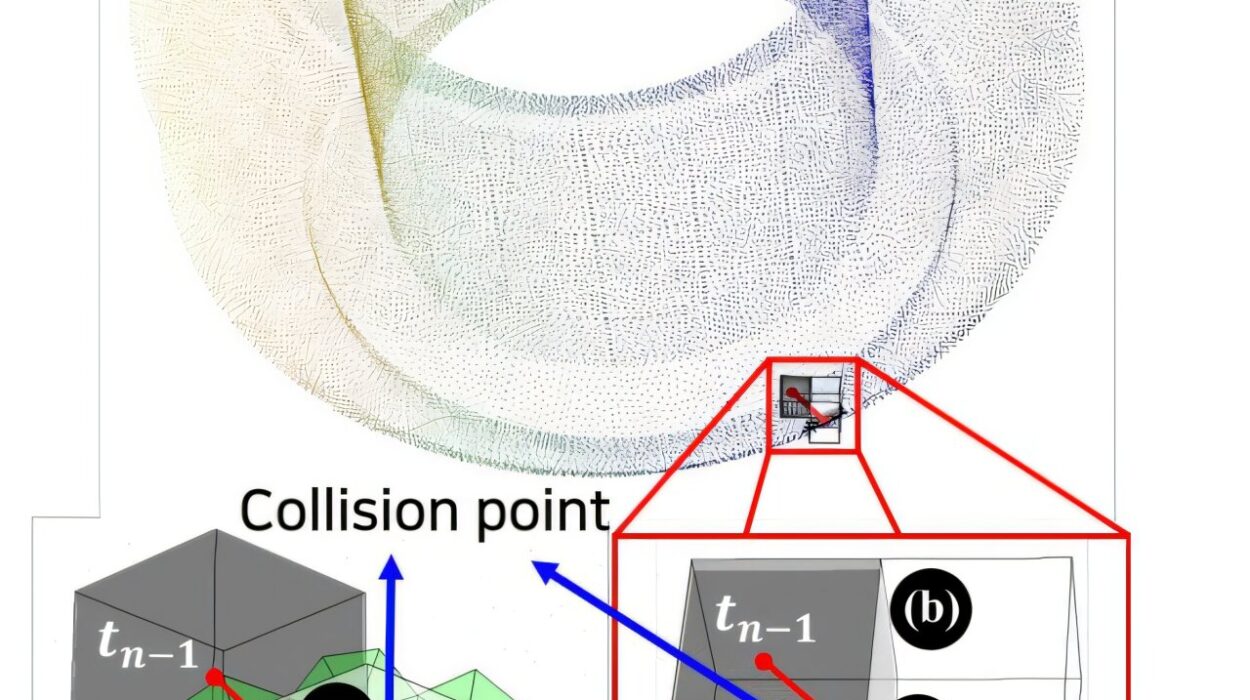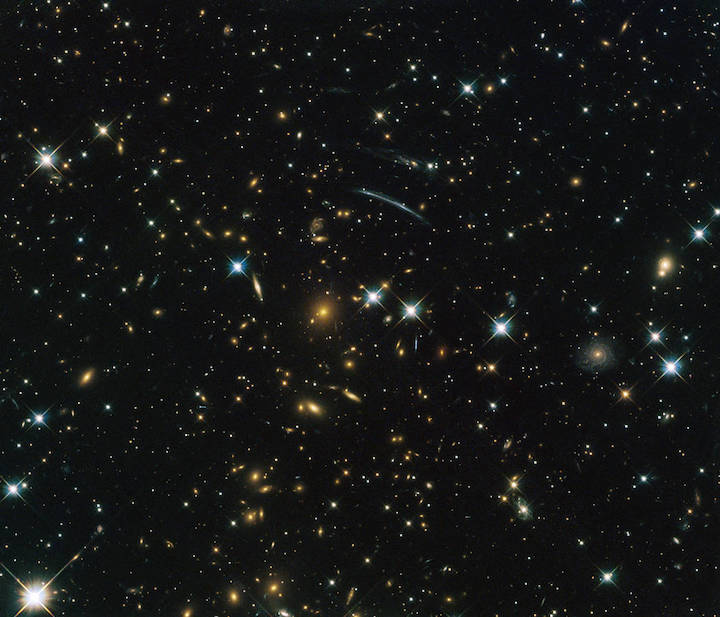In a discovery that blurs the line between machine learning and natural law, physicists at Emory University have harnessed artificial intelligence not just to process data or make predictions, but to discover new physics. This breakthrough, recently published in the Proceedings of the National Academy of Sciences, represents a rare and profound instance in which AI has moved beyond algorithmic automation into the creative heart of scientific exploration.
By applying a neural network to laboratory data from dusty plasmas—charged gases embedded with microscopic dust particles—the researchers revealed surprising new twists in the non-reciprocal forces that govern many-body systems. Their results not only challenge long-held theories in plasma physics but also open a door to using AI as a universal tool to uncover previously hidden laws of nature.
“We showed that we can use AI to discover new physics,” says Justin Burton, a professor of experimental physics at Emory and senior co-author of the study. “And our AI method is not a black box. We understand how and why it works.”
This rare level of transparency is critical. While AI tools like ChatGPT and image generators rely on enormous datasets to generate responses, Burton and his team took a different route. They trained their neural network on a limited set of 3D particle data from dusty plasma experiments—yet still managed to uncover patterns no human had seen before.
The Mystery of Dusty Plasma
To understand the impact of the Emory team’s findings, it helps to appreciate what a dusty plasma actually is. Most people are familiar with solids, liquids, and gases, but plasma—the so-called fourth state of matter—is less well known, even though it comprises nearly 99.9% of the visible universe. It consists of ionized gas, where electrons are stripped from atoms, creating a sea of charged particles with unusual electromagnetic properties.
Add dust particles to that mix, and you get dusty plasma. This complex system is not only fascinating on a theoretical level but is also found in real-world environments: from the rings of Saturn and the surface of the Moon to wildfires on Earth, where soot can interfere with radio communications. These charged dust particles often levitate due to electric fields and low gravity, creating behavior that is difficult to describe with traditional physics alone.
Einstein taught us to question the absolutes of space and time; now, these researchers are doing something similar with force interactions in dusty plasma systems. And, just like Einstein, they’re doing it by combining imagination with mathematics—except this time, the imagination is powered by AI.
The Physics of Many Bodies: A Century-Old Challenge
The many-body problem—how to mathematically describe a system of numerous interacting particles—is one of the great enduring puzzles in physics. These systems are common across nature, from swarms of birds and flocks of fish to the swirling atoms in a glass or the cells in a human organ. But modeling them precisely is a task that has defeated countless scientists.
Traditional methods often simplify these systems to make them solvable, assuming, for example, that interactions between particles are reciprocal (that the force one particle exerts on another is matched equally in return). But in real life, especially in complex environments like dusty plasmas, this assumption doesn’t always hold.
In the Emory experiments, the AI discovered that non-reciprocal forces—those that are not equal in both directions—can dominate particle interactions. “We described how a leading particle attracts the trailing particle, but the trailing particle always repels the leading one,” explains Ilya Nemenman, professor of theoretical physics and co-senior author of the paper. “This phenomenon was expected by some, but now we have a precise approximation for it which didn’t exist previously.”
A Transparent Machine Learner
The team’s neural network didn’t just spit out an answer; it revealed its logic. That’s a crucial difference in this era of concern about AI explainability. “It’s not a black box,” Burton insists. “We can interpret the model’s output. We understand what physical assumptions it’s challenging and what it’s reinforcing.”
The AI learned to describe three core contributors to particle motion: velocity (or drag), environmental factors like gravity, and the particle-to-particle forces that drive the complexity of the system. This allowed it to model interactions with greater than 99% accuracy—an extraordinary leap over prior approximations.
More intriguingly, it debunked several long-standing theories. One prevailing assumption in dusty plasma physics was that the charge a dust particle acquires is strictly proportional to its radius. “We showed that this theory is not quite right,” says Nemenman. “The increase in charge with particle size depends on plasma density and temperature—it’s not just a simple geometric rule.”
Another widely accepted theory claimed that the force between two particles declines exponentially with distance and that the rate of decline is unaffected by particle size. “Again, not accurate,” Nemenman says. The new model demonstrated that the drop-off in force does depend on particle size.
These revelations show that the AI wasn’t merely mimicking human theories. It was identifying deeper truths that had eluded decades of expert scrutiny.
Building a Digital Laboratory
To gather the raw data, Burton’s lab conducted meticulous experiments in a custom-designed vacuum chamber. There, they suspended tiny plastic particles within plasma and tracked their three-dimensional motion using a technique similar to medical imaging. A laser sheet scanned the chamber as a high-speed camera captured 2D images. These were stitched into 3D reconstructions, creating a dynamic map of the particles’ motion over centimeter scales and several minutes—long enough to capture meaningful interactions.
This wasn’t just about engineering precision. It was about opening a window into the subtle, almost invisible rules governing how particles influence one another in a plasma cloud. That’s where the AI entered the scene, learning from this dynamic dance and deducing the hidden choreography.
From Dust to Living Systems
What makes this achievement even more exciting is its potential universality. The same principles used to uncover the forces in dusty plasma may apply to everything from industrial colloids (like ink and paint) to biological collectives such as moving cells or animal flocks.
“General questions of how a whole system arises from interactions of tiny parts are very important,” Nemenman explains. He’s particularly interested in cancer research—understanding how individual cell behavior can lead to metastatic spread, a fundamentally collective phenomenon.
At the upcoming Konstanz School of Collective Behavior in Germany, Nemenman will apply this AI framework to biological systems, training students from around the world to use machine learning not just to analyze data, but to infer underlying laws of motion and interaction.
“The beauty of this method,” says Nemenman, “is that it can generalize. We didn’t hardwire in any knowledge about dusty plasma. We just gave it the right structure to learn from the data.”
The Human Hand Behind the Machine
For all the celebration of AI, the researchers emphasize that it still took very human ingenuity to build this tool. Weekly meetings between Burton, Nemenman, and graduate students Wentao Yu and Eslam Abdelaleem were filled with back-and-forth debates, trial-and-error, and evolving hypotheses. It took more than a year to design a network architecture that could learn something new from limited data—and still obey the necessary physical laws.
“Once we came up with the correct structure of the network to train, it turned out to be fairly simple,” Nemenman recalls. But that “simple” design was hard-won, the product of deep understanding in both physics and AI.
And that’s the crux of this new era of science: machines may help us see, but it is still the human mind that frames the questions and interprets the answers.
The Promise—and Caution—of AI in Science
This breakthrough represents a crucial turning point in the integration of artificial intelligence with the physical sciences. Rather than using AI merely to fit curves or extrapolate trends, the Emory team demonstrated its power to uncover fundamental principles that even well-established theories had missed.
“It takes critical thinking to develop and use AI tools in ways that make real advances in science, technology and the humanities,” says Burton.
Still, he’s optimistic about the path forward. “I think of it like the Star Trek motto: to boldly go where no one has before. Used properly, AI can open doors to whole new realms to explore.”
There’s reason to believe he’s right. If AI can teach us new things about dust floating in plasma—a seemingly obscure corner of physics—it could do the same in fields from neuroscience to ecology, from climate science to quantum computing.
In that sense, the Emory team hasn’t just rewritten the physics of dusty plasma. They’ve charted a new course for the future of scientific discovery itself.
More information: Physics-tailored machine learning reveals unexpected physics in dusty plasmas, Proceedings of the National Academy of Sciences (2025). DOI: 10.1073/pnas.2505725122, www.pnas.org/doi/10.1073/pnas.2505725122
